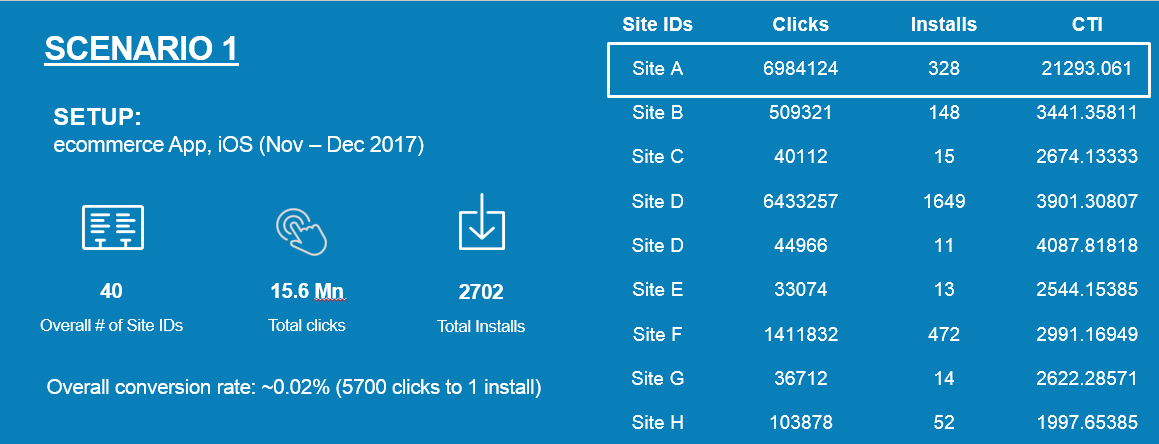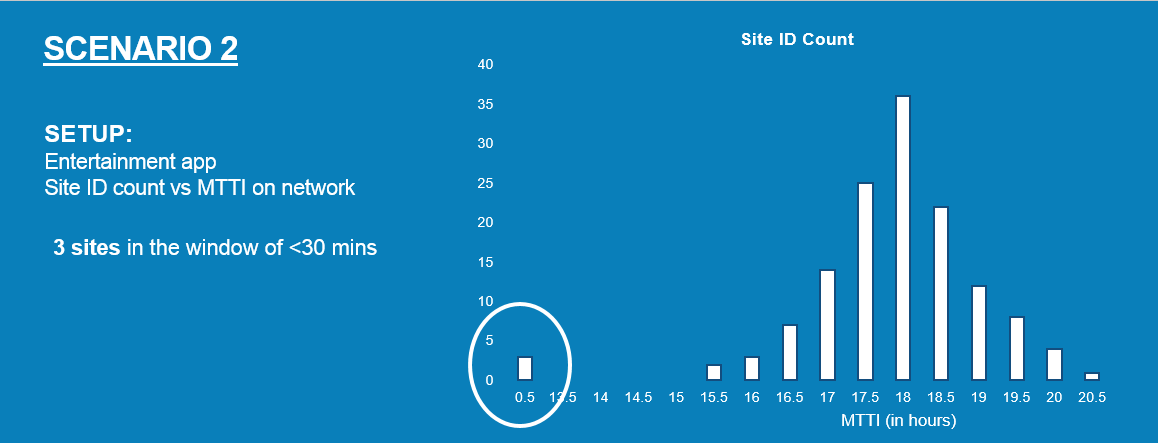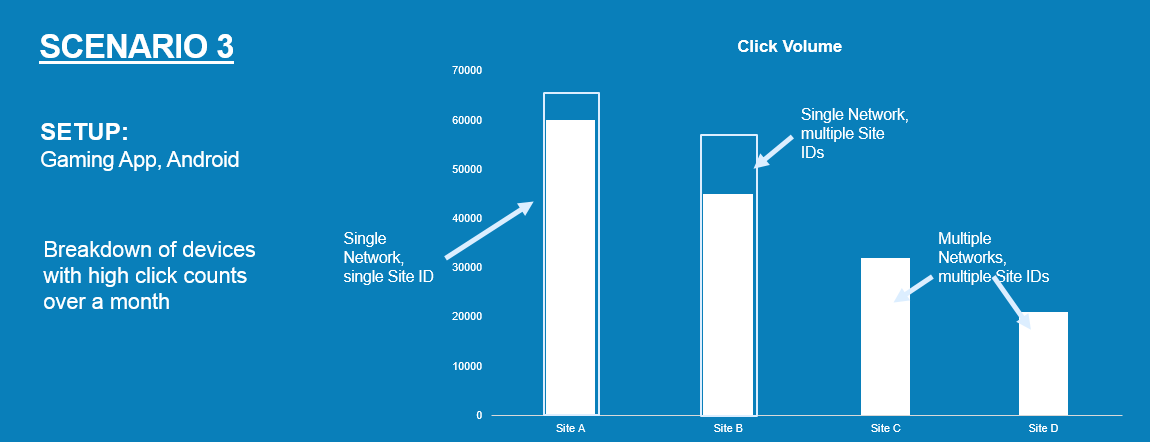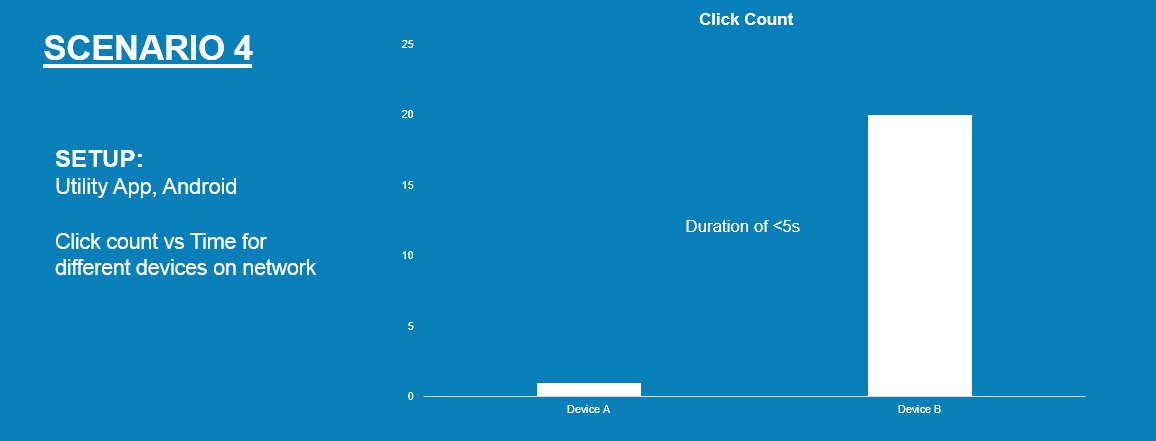- For Advertisers
-
For Publishers
- For Retail Media
- For Telcos
- Our Consumers
- Resources
- GET STARTED
-
Login Login
The fact that mobile ad fraud is a growing concern among publishers and advertisers is nothing new. According to the latest figures from Adjust, mobile ad fraud almost doubled between 2017 and 2018, and some advertisers are set to lose as much as 80 percent of their ad budgets on mobile to fraud.
There are many reasons why fraud is on the rise, not least of which that fraudsters continually work to develop new, evasive tactics. But, another major concern is the lack of universal definitions regarding what constitutes fraud in all instances. Without common standards, marketers and advertisers have a far more difficult time identifying and then stopping all instances of fraud.
Spotting mobile ad fraud is no simple feat. What may seem fraudulent could actually be legitimate, and vice versa.
So, how good do you think you are at spotting fraud? Let’s look at a few scenarios.

In this situation, we can see that the click to install rate for Site A is seven times higher than it is for all of the other sites. It’s generating a lot of clicks, but not many installs considering the click totals.
So is this fraud?
A. Yes, definitely
B. No, definitely not
C. Not sure/Need more information

Here, over 97 percent of installs have a mean time to installation between 15.5 and 20.5 hours. So what about the small spike right around the 30-minute mark? Is this anomaly indicative of fraud?
A. Yes, definitely
B. No, definitely not
C. Not sure/Need more information

Of the four sites runnings ads for this gaming app, the outlier here is Site A. While the rest of the sites are using multiple site IDs to generate thousands of clicks per day, Site A has by far the greatest number of clicks per day - and all from a single Site ID.
So is this fraud?
A. Yes, definitely
B. No, definitely not
C. Not sure/Need more information

This scenario looks at the number of clicks coming from two different devices, A and B, going to a utility app. In less than five seconds, one click comes from device A, while device B is generating 20 clicks.
Is this fraud?
A. Yes, definitely
B. No, definitely not
C. Not sure/Need more information
So how do you think you stack up? Are you a fraud expert, or a total n00b?
Answers:
In short, it’s important to know that spotting and fighting ad fraud is almost never a straightforward endeavor. Before making a firm call, consider alternative explanations and think about what additional data is needed for deeper insights. As the stakes surrounding ad fraud increase, it pays to do proper due diligence to more efficiently crack down on ad fraud.
To learn more about what InMobi is doing to fight ad fraud and build trust in the advertising ecosystem, visit inmobi.com/trust.
Register to our blog updates newsletter to receive the latest content in your inbox.